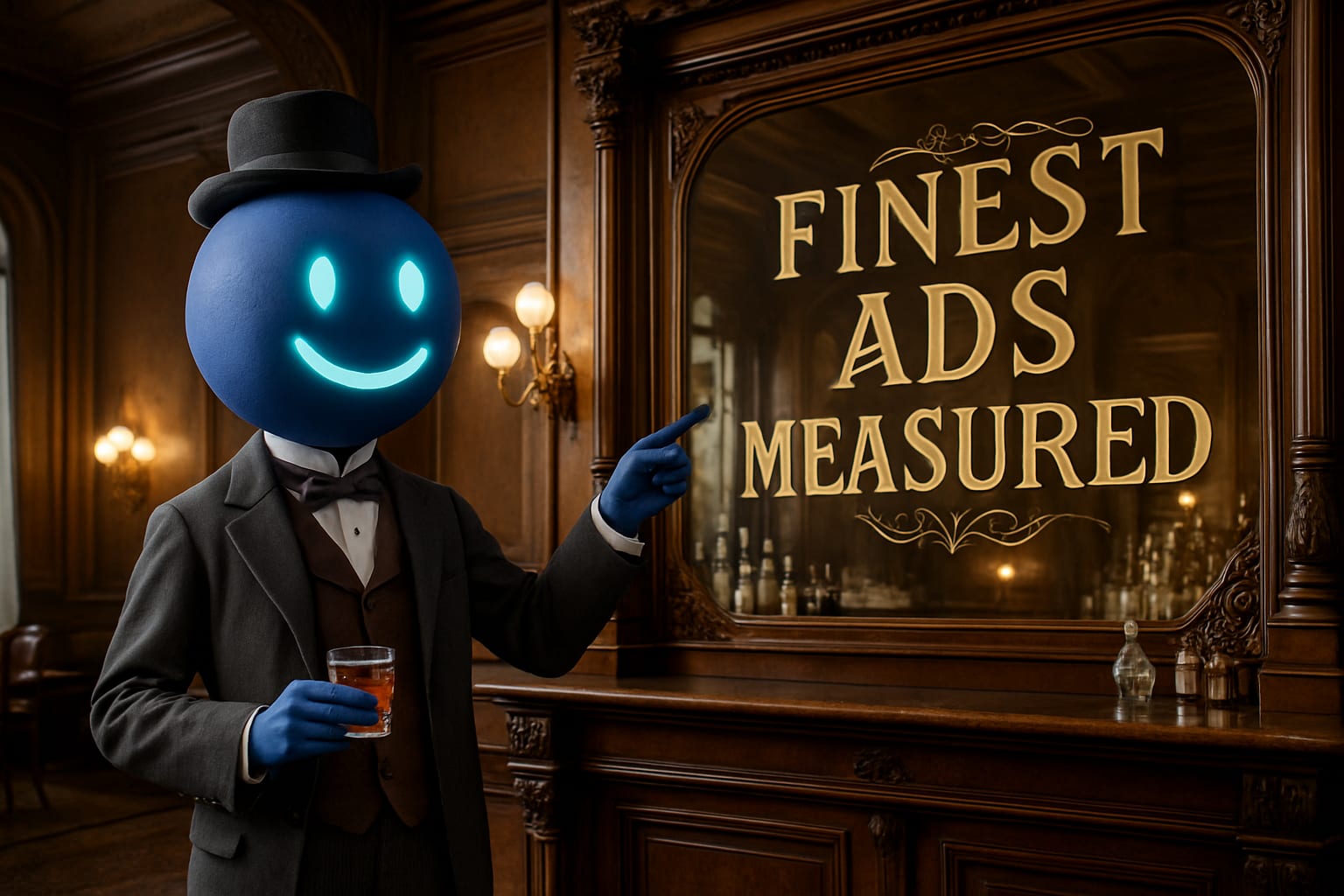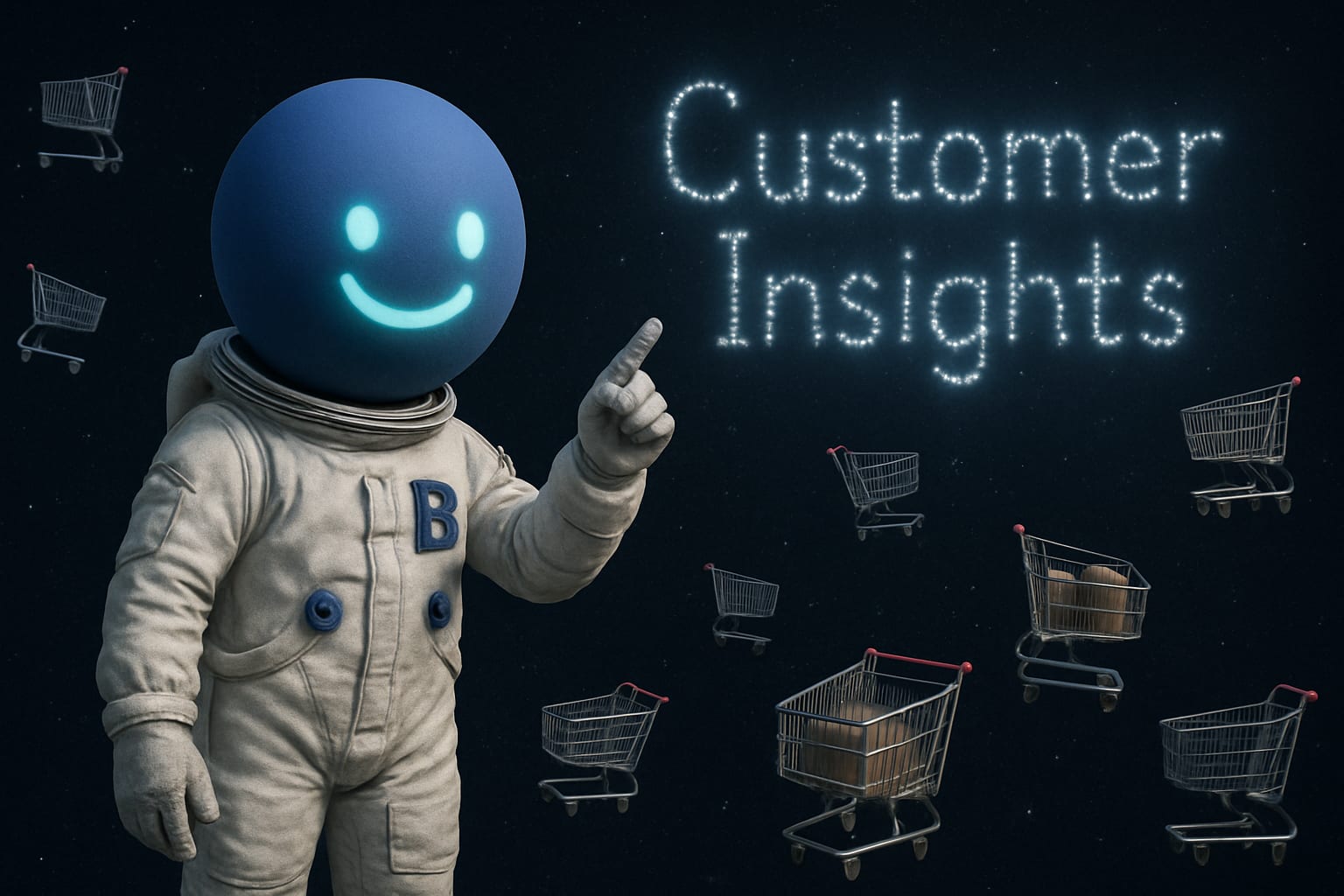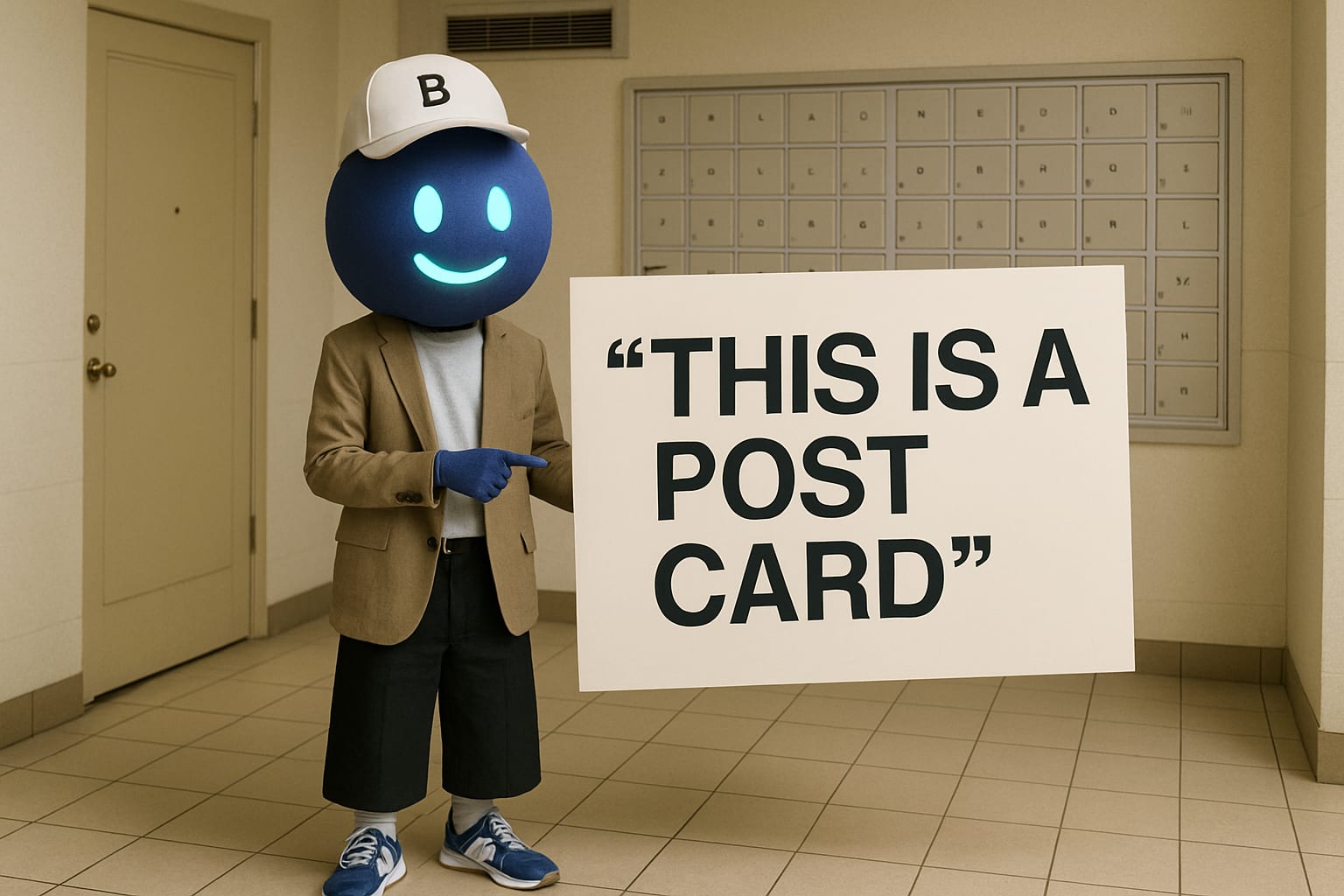The ABCs of UGC. LOL.🤳
Our intrepid staff learns how selfies can help sell.

While User Generated Content (UGC) hasn't been my usual turf, delving into it through Blurbs and chatting with Cohley, who’s a key player in the space, has been pretty enlightening. It turns out UGC in marketing isn’t just about slapping customer photos onto a page—there’s a full ecosystem of companies helping brands tap into authentic content at various scales and complexities.
At the top end, Cohley stands out by marrying large-scale creator partnerships with tailored campaign management. They serve medium to enterprise brands with an expansive creator network of 120,000+ individuals, covering everything from raw UGC videos and images to polished professional photography. Their platform is designed for full brand-creator collaboration, including AI-enhanced workflows for briefing and content review, making it a robust match for businesses valuing quality and scale. They emphasize perpetual content rights and customization of pricing, which aligns well with enterprise needs looking for flexible, comprehensive solutions.
On a similar wavelength but with some differences, platforms like Insense and Billo zero in on creator connections and authentic video ads, focusing on the social ecosystem—Instagram, TikTok, Facebook. Billo makes the production process smooth and speedy, appealing to marketers needing ready-to-go video content with professional editing. Meanwhile, Insense blends creator management with direct ad placements, all on a streamlined platform. Pricing models in this segment trend subscription or pay-per-use, often targeting medium to large businesses aiming for agile content production without heavy internal resources.
For brands that want to harness existing fans rather than widely sourced creators, Brandbassador and Duel offer platforms turning passionate customers into brand advocates and ambassadors. These vendors automate engagement through gamification and rewards, turning organic brand enthusiasm into measurable growth. They tend to complement UGC platforms like Cohley or Billo by emphasizing community-driven content, often lowering acquisition costs and boosting authenticity. Integrations with eCommerce and CRM systems ensure smooth data flows, critical for tracking impact beyond impressions.
Meanwhile, some companies focus on automating influencer marketing and discovery, such as Grin, Later, and CreatorIQ. These platforms lean heavily into analytics, automation, and campaign management to scale influencer partnerships alongside UGC. They often have features like social listening, content licensing management, and ROI tracking crucial for enterprises running multichannel campaigns. Pricing here typically aligns with tiered subscription models, suited for businesses with complex influencer ecosystems.
There is also a growing niche of AI-powered UGC generation and curation exemplified by Cipio and Eleve. Cipio automates video ad creation by scanning creator personas and stitching clips, delivering fast, scalable authentic video content. Their services appeal from small startups to large enterprises who want to automate sourcing without sacrificing genuine appeal. Eleve applies AI for influencer discovery and campaign analytics, enhancing decision-making in real time. These solutions typically combine subscription and pay-per-use pricing to accommodate various client sizes.
Finally, vendors like BrandLens and Social Native focus on streamlining the collection and deployment of video-based UGC at scale. BrandLens’ app-free browser video capture is great for rapid testimonials and viral video challenges, ideal for brands wanting frictionless audience engagement. Social Native automates hashtag and mention content sourcing with robust rights management and shoppable integrations, blending UGC and influencer marketing on platforms like Shopify. These vendors suit brands needing fast deployment with effective rights handling and cross-channel activation.
Key Differences by Business Size and Needs
- Large Enterprises favor full-service platforms like Cohley and Grin for expansive campaigns and advanced analytics.
- Medium-sized companies benefit from mid-tier players such as Insense and Billo focused on streamlined creator management and social media optimized UGC.
- Small businesses or startups find AI-driven platforms like Cipio useful for fast, cost-effective UGC video creation with minimal manual effort.
Where Solutions Sit in the UGC Creation Food Chain
- Some platforms like Cohley and Insense take end-to-end control over content sourcing, campaign management, and distribution.
- Others, e.g., Brandbassador and Duel, focus on advocacy and ambassador program management, creating organic content streams.
- AI-centric vendors like Cipio assist with rapid content curation and video ad creation, automating portions of the process.
Strong Points & Pricing Models
- Cohley shines with dedicated customer success, broad creator filters, and perpetual content licensing; pricing is customized and scalable.
- Subscribing and pay-per-use models are widespread, e.g., Insense, Cipio, offering flexibility for varying campaign sizes.
- Advocacy platforms like Brandbassador leverage gamification and rewards for organic growth with mostly subscription-based pricing.




